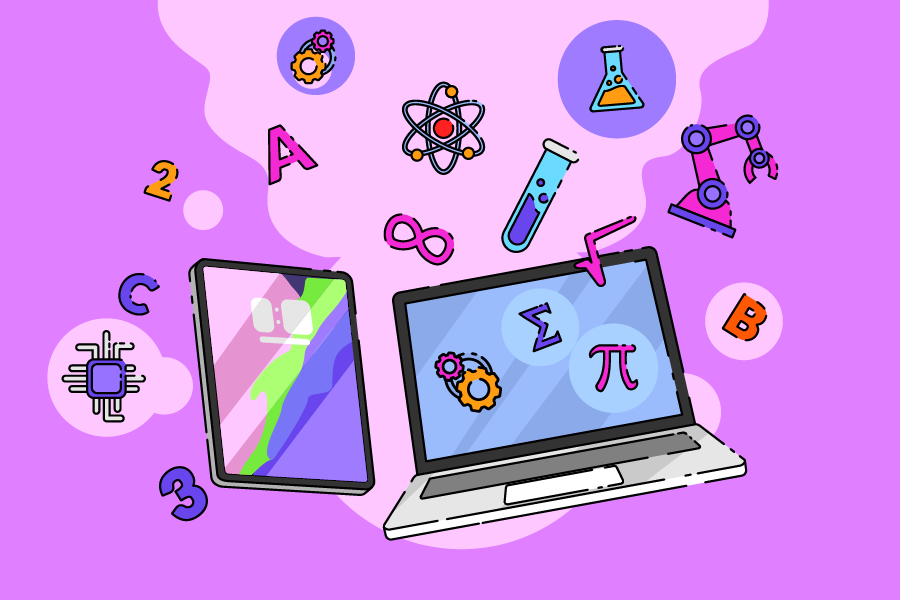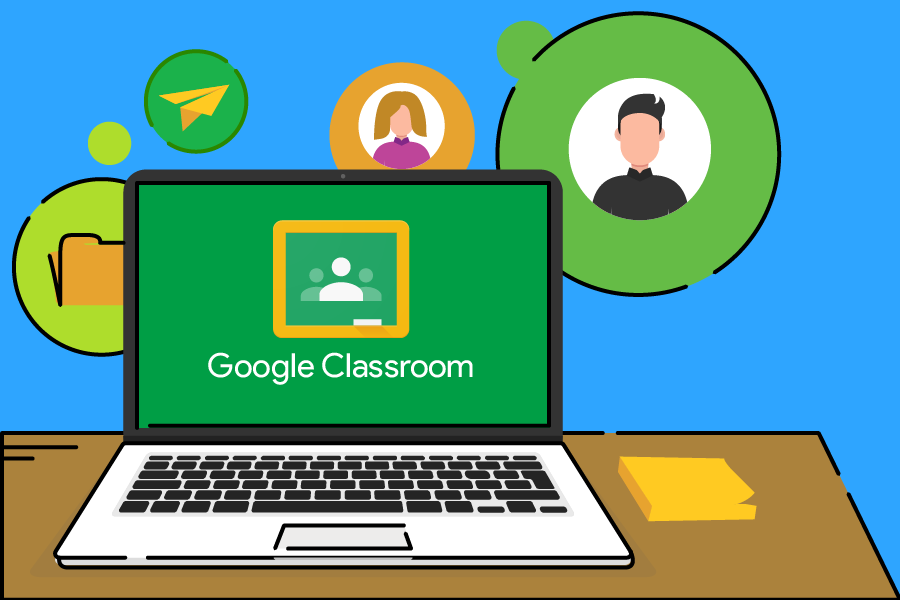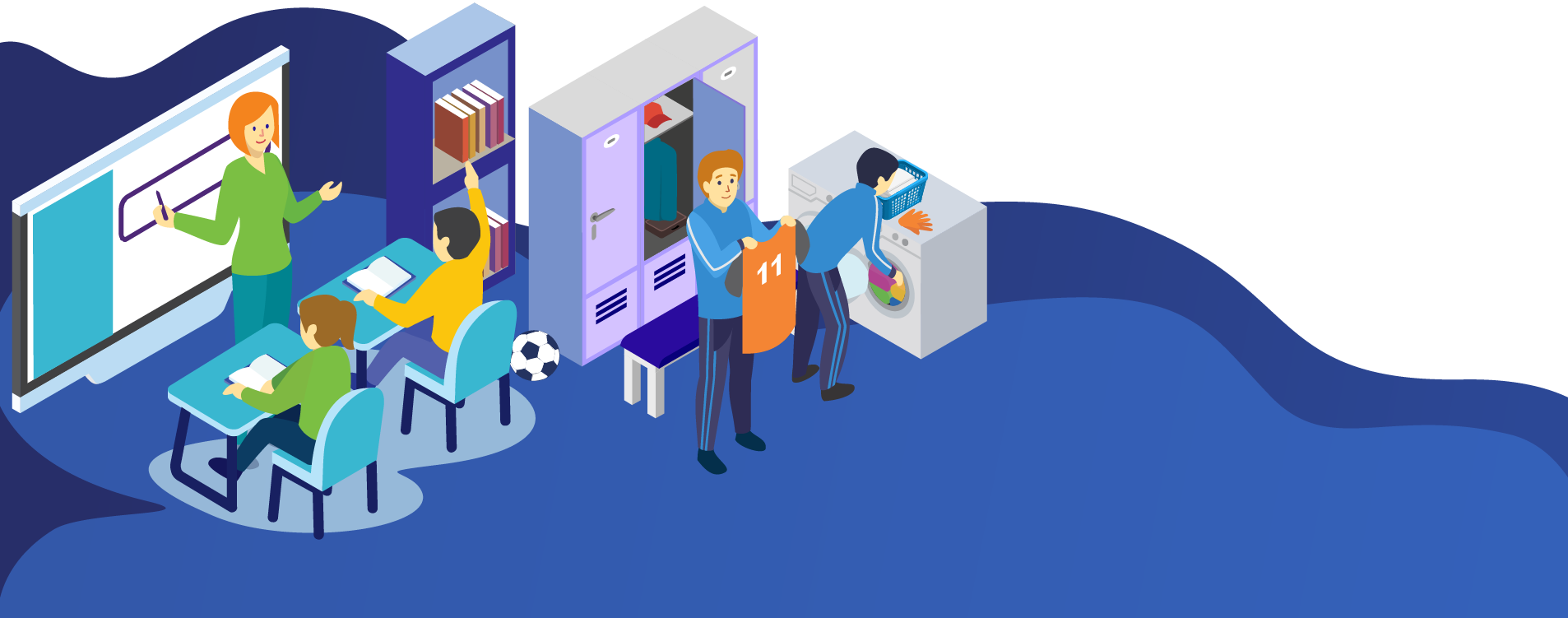How schools can use EdTech to help students catch up
After the pandemic, schools are now focusing on how to help students catch up. EdTech has a major role to play

When the coronavirus tore around the world in spring 2020, it directly impacted the education of 1.6 billion children. Schools were closed in over 190 countries with 85% of children out of school at the height of the pandemic.
By October 2020, students across more than 100 countries had missed approximately one-quarter of the school year.
These are shocking, unprecedented statistics, illustrating the sheer scale of this global crisis in education.
Education’s response to the pandemic
In the UK, as in many other countries, the immediate response to the pandemic was to shift to remote learning. Many schools delivered lessons via Zoom, and disseminated learning resources via email.
Even so, 40% of students globally lost contact with their schools, according to the OECD. Many of these students were from disadvantaged backgrounds where access to high speed internet and the necessary education technology (EdTech) isn’t guaranteed.
Such a wide-scale disruption to the education of the world’s children demands radical solutions, and there is a key role for EdTech in helping students catch up.
How can schools help students catch up?
“It isn’t just about ensuring people have access to the relevant devices, or improving connectivity; unless we fill skills gaps and make sure teachers, learners, and parents know how to use digital tools effectively.”
– Nigel Portwood, Oxford University Press
There is no simple answer to the question of how schools in the UK and around the world can help students catch up. Rather, it will depend on the right combination of several factors, including EdTech, digital skills development, and emotional support for staff and students.
Let’s look at these one by one:
Investing in EdTech
Now that schools have moved back into the classroom, how can they best use EdTech, such as iPads and interactive screens, to help students catch up?
Moving from the classroom to remote learning, and then back into the classroom again has the potential to be disruptive. Therefore, schools need to consider how they can build on their use of EdTech, rather than go back to square one, and run their classrooms as if the remote learning era had never happened.
Just as many workplaces have shifted to a hybrid model, so too could our classrooms.
A report from the European Investment Bank (EIB), offers the following example:
“Replacing a textbook with an iPad will not necessarily improve education. But combining a good textbook (digital or paperback) with a chemistry experiment that you can simulate on your iPad for a “virtual” experience – changing the ingredients to see what happens when different compounds are mixed together – can actually add value.”
Going forward, schools need to use EdTech to solidify and expand upon traditional learning. Therefore, proper investment in iPads, interactive screens and other technologies such as coding robots and virtual reality, is paramount.
Improving digital skills
Let’s assume schools have made the necessary investments in EdTech equipment. Now they need to know how to use it. In a global survey of teachers by Oxford University Press, 56% said a lack of digital skills in both staff and students was a significant barrier to teaching.
Teachers need digital skills training to help them use digital devices and software effectively. After all, there is no point kitting out all classrooms with the latest equipment if teachers and teaching assistants aren’t able to incorporate them into their lesson plans.
The success – or failure – of remote learning during the pandemic largely depended on individual teachers’ proficiency with digital technologies. A more standardised approach is needed: one that incorporates these tools and technologies into the national curriculum.
Parents also need support in helping their children make use of an increasing range of EdTech platforms and tools. 50% of teachers in the OUP survey reported that parents lacked the necessary digital skills to support their children in learning online.
It’s clear that digital skills training is needed across the board in the education sector, if the full potential of EdTech is to be realised.
Fathima Dada, managing director of OUP’s Education Division, said: “We owe it to students to ensure that digital learning is fit for purpose, not just in times of crisis, but as we start to look ahead to the future of learning.”
Developing wellbeing support
The full impact of the pandemic on children’s mental health is still not fully understood, but research from NHS Digital said that 54% of young people with a mental health condition felt they had deteriorated during lockdown.
It’s clear that children need to feel safe, secure and emotionally supported if they are to catch up on their lost learning.
Mentally Healthy Schools offers a library of free resources to help staff support children emotionally, at both primary and secondary level. These resources include assembly and lesson plans for teachers, advice for parents, and activities for children.
Measuring progress
How do we know whether catch-up measures are working?
Outside of Ofsted inspections and SATs/ GCSE results, schools can utilise big data to track performance and identify students who are struggling.
For example, early warning systems use student information and national test scores to predict outcomes. It is then possible to identify students who are falling behind. This opens up an opportunity for schools to intervene and offer additional support to students who are struggling.
Using EdTech to help students catch up
EdTech has plenty of potential to help students catch up, but only when it is combined with a commitment to build on digital skills and support students emotionally.
Technology also has a useful role in measuring the success of catch-up measures, and intervening quickly where students are continuing to fall behind.
It is quite possible that the future of EdTech is in a blended approach to learning, where children switch between classrooms and tech platforms to acquire, apply and solidify knowledge.
It’s clear the task to help students catch up after Covid is enormous, but with the right blend of EdTech and in-person teaching, plus plenty of support, it can be done.
Tags
Similar Articles
How to use Chromebooks in your classroom
Chromebooks plus the power of cloud computing add up to top marks in the classroom. Known for their simplicity and…
How EdTech can help close the attainment gap
This blog describes how inequalities in educational achievement can be affected by students’ backgrounds. We explain how EdTech in schools can help narrow the attainment gap.



